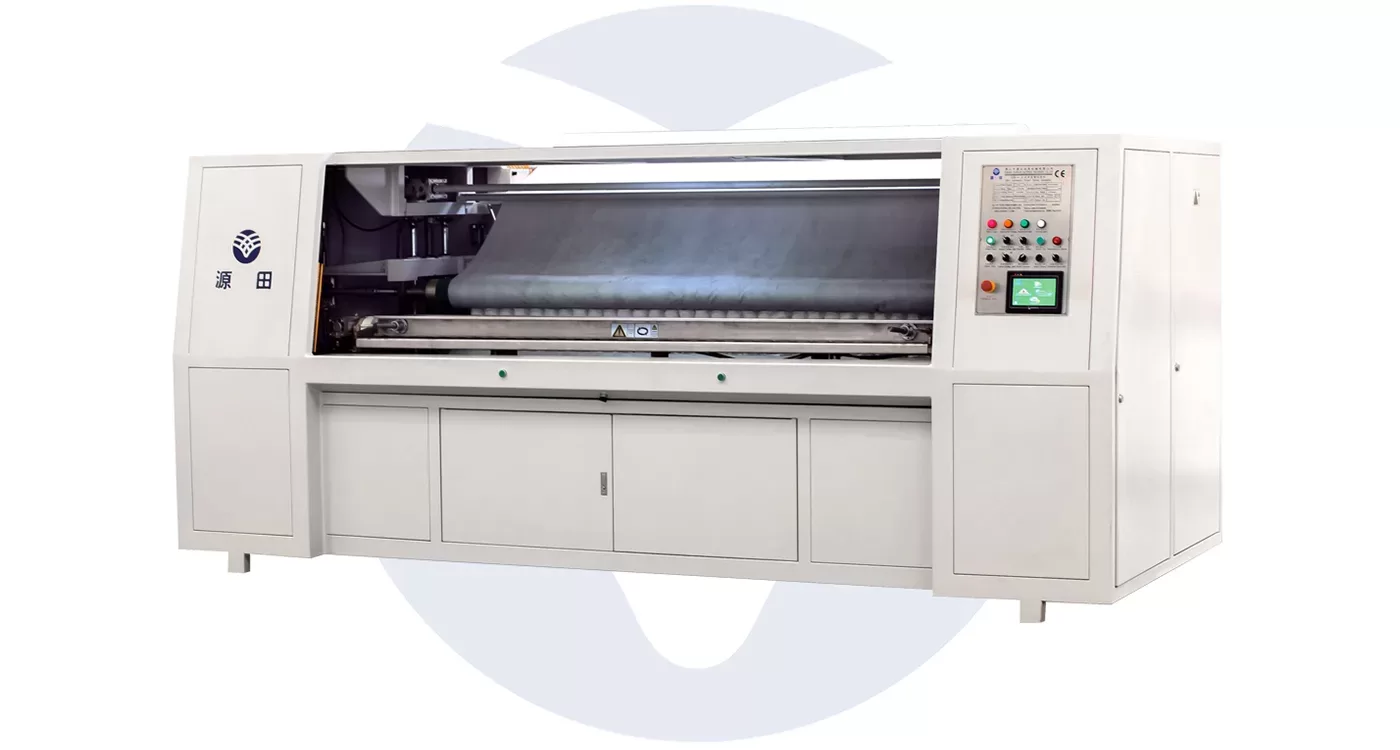- Home » Streamlining Production with Advanced Mattress Spring Machines
The mattress industry has undergone significant transformations over the past few decades, driven by the dual forces of consumer demand and technological advancements. Among these, one of the most groundbreaking innovations is the development of advanced mattress spring machines.
These machines not only enhance efficiency but also ensure precision, consistency, and sustainability in the production process. This article explores how these machines streamline production, their benefits, and the broader implications for manufacturers and consumers.
The Evolution of Mattress Spring Technology
Conventionally, mattress spring manufacturing was a labor-intensive process that required high skills and a lot of manual intervention. Early methods entailed the manual shaping of wires into coils, which were interlinked to make the inner core of mattresses. Although workable for its time, this methodology was susceptible to inconsistencies in the spring tensions and alignments, ensuring that mattresses were not only different in feel but also inconsistent.
Automated spring machines revolutionized this landscape. These machines could produce uniform springs faster, hence improving productivity and product quality. Manufacturers started incorporating these machines with computerized systems, robotics, and AI as the industry evolved, turning them into highly sophisticated tools able to take on modern mattress production demands.

Key Features of Advanced Mattress Spring Machines
Advanced mattress spring machines come with state-of-the-art technology, ensuring that every aspect of spring production is maximally enhanced. Some of these features include:
High-Speed Production: Modern spring machines are able to manufacture thousands of springs per hour, majorly reducing the time it takes in production. This efficiency allows manufacturers to fulfill large-scale demands without sacrificing quality.
Precision Engineering: The integration of computerized controls ensures that every spring manufactured is of exact specification. From wire diameter to coil height, these machines provide the consistency needed in order to maintain uniform mattress support.
Versatility: Advanced machinery can make different kinds of springs, such as Bonnell, pocket, and continuous coil springs, among other types. This saves them from the limitations of heading towards a market segment with very focused consumer preferences.
Automation and AI Integration: AI-powered controls self-feed the machine for real-time control by controlling inputs that minimize errors and downtime. Sensors and data analytics give detailed insights into performance, which will thus enable proactive maintenance and optimization.
Energy Efficiency: Sustainability is a growing concern in the manufacturing industry. Advanced spring machines are designed to consume less energy while maximizing output, contributing to a greener production process.
Compact Design: Despite their advanced capabilities, many of these machines have a compact footprint, making them suitable for facilities with limited space.
Streamlining the Production Process
The integration of advanced mattress spring machines into production lines streamlines operations in several ways:
Reduced Labor Dependency: Automating the spring production process reduces the need for manual labor, allowing manufacturers to allocate their workforce to other critical areas such as quality control, innovation, and customer service. This shift not only enhances overall efficiency but also reduces operational costs.
Faster Turnaround Times: With their capability for high speeds, mattress spring machines can drastically reduce the time taken to produce a batch of mattress springs. A faster production cycle enables manufacturers to quickly respond to market demands, be it bulk orders or the introduction of new product lines.
Improved Quality Control: The accuracy of sophisticated machinery ensures quality standards for every spring. This consistency means mattresses will boast consistent support and durability for customers.
Flexibility in Design: Modern spring machines enable manufacturers to experiment with innovative mattress designs. For instance, pocket spring technology, which allows individual springs to move independently, has become increasingly popular for its superior comfort and motion isolation. Advanced machines make it easier to produce these complex spring systems efficiently.
Integration with Other Systems: A lot of the advanced spring machines can be integrated into larger production lines. Interoperability allows for further automation, right from wire feeding to spring assembly and packaging of mattresses, thereby further enhancing efficiency.
Benefits to Manufacturers
Cost Efficiency: The initial investment in advanced spring machines can be very high, however, the long-term cost savings are considerable. Reduced labor costs, minimization of material waste, and lower energy consumption contribute to improved profitability.
Scalability: To those looking to scale up their manufacturing process, advanced spring machines offer scalability that will meet the increased demand. High production capacity means more orders are processed without necessarily investing in extra machines.
Competitive Advantage: In a competitive market, consistency and efficiency in the delivery of quality products are a great advantage. Advanced spring machines allow the manufacturer to outcompete others with better products at competitive prices.
Sustainability: Consumers of today are more into sustainability. The energy efficiency in the design of the advanced spring machine combined with waste reduction can create a better reputation for the brand.

Challenges and Future Prospects
Despite their numerous advantages, advanced mattress spring machines come with challenges. The high upfront cost can be a barrier for small and medium-sized enterprises (SMEs). Additionally, the integration of AI and robotics requires skilled technicians for operation and maintenance, necessitating investment in workforce training.
The future for mattress spring machines would then lie in further AI and machine learning advancements. To wit, predictive maintenance would probably be a standard feature, where machines can anticipate issues and resolve them before they happen. Furthermore, with advancements in material science, springs could be made from sustainable or hybrid materials, making mattresses even more ‘green’.
Conclusion
Advanced mattress spring machines have transformed the way mattresses are produced, bringing unprecedented levels of efficiency, precision, and sustainability to the industry. By streamlining production processes, these machines enable manufacturers to meet the growing demands of a competitive market while maintaining high quality and cost-effectiveness. For consumers, the result is better mattresses that deliver superior comfort and value. As technology continues to evolve, the possibilities for innovation in this space are boundless, promising an even brighter future for the mattress industry.
Связанные с ними товары

















